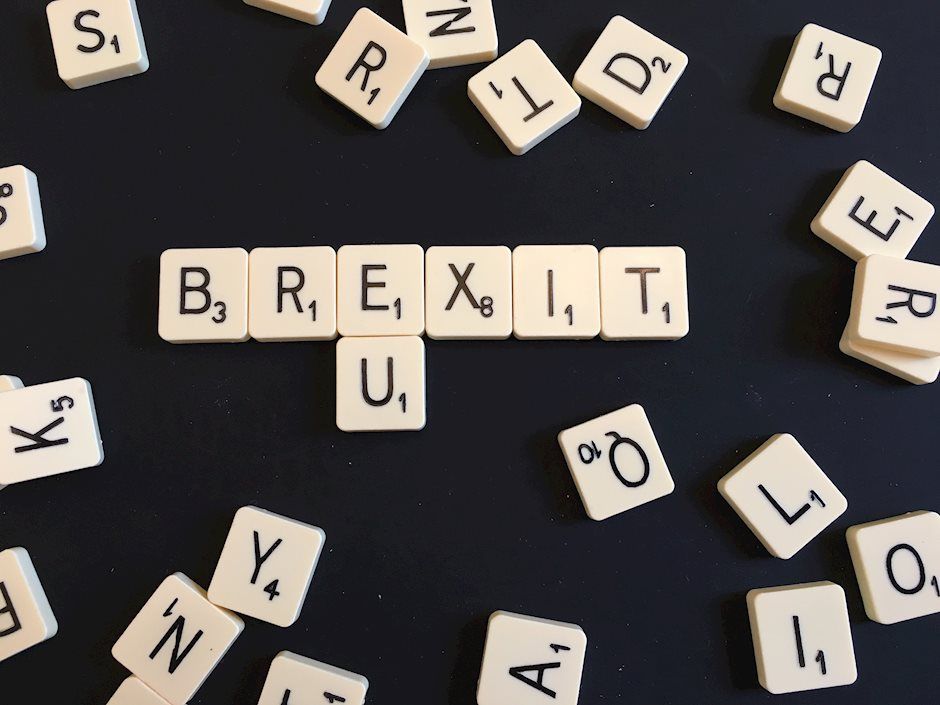Britain and the EU are in a deadlock

Tomorrow is a key landmark in the process of the Brexit and David Cameron's debacle and indeed an important day for Teresa May with only a matter of days until the Conservative Party conference - she will make a Brexit speech in Florence tomorrow and negative headlines will be the very last thing she could wish for.
It seems like the Brussels have little to zero confidence in the UK leader, fearing an enfeebled Prime Minister May Theresa May will not be able to stand by any pledges she makes in this keynote speech.
The EU’s chief Brexit negotiator has issued a fresh warning that Britain must “settle the accounts” and speed up the pace of negotiations if it wants a free trade deal when it leaves the bloc. To be fair, the prime minister has said almost nothing of significance on Brexit since March, when she signed the Article 50 letter paving the way for Britain’s departure from the bloc.
Michel Barnier said, when speaking before May's keynote speech, that there was still “major uncertainty” over the UK’s approach on key issues, concerned why it is taking so long to come forward with the UK's proposals and start negotiations.
Barnier reminded PM May she has just one year left to make a deal, and said,“The question facing us over the coming months is serious but simple: will the United Kingdom leave in an orderly fashion with an agreement, or not?"
What does May need to deliver in tomorrow's speech?
At the last hour, the prime minister finally reached an agreement on the contents of her speech in a two-and-a-half-hour cabinet meeting in Downing Street. When May takes to the stage, and just 27 days before the crucial European Council vote on whether enough progress has been made on exit issues to move onto trade talks will take place, she had better deliver something on the financial settlement, the rights of EU citizens and the Irish border, and very much first phase matters that still are up in the air. In fact, Barnier has warned that PM May would have to make a substantive offer on citizens’ rights and the financial settlement to break the deadlock. David Gauke, a senior cabinet minister spoke to Sky News and insisted that “the PM has the backing of us all,” when leaving the meeting.
In the speech, expectations are that she will promise that no EU country will have to contribute more financially as a result of Brexit until 2020, and set out a desire for a transitional period of up to two years. After much disagreement, cabinet ministers now accept there must be a multiyear transitional period after March 2019 to avoid a “cliff edge,” and May needs to confirm this, probably most importantly in fact.
Also, Brussels is desperate to know whether the prime minister will she use the transition as a ploy to pay the financial settlement sought by the EU. Various press reports suggest the UK is willing to make a net contribution of roughly €20 billion to ensure just that. However, while an exact figure might not be marked down in her speech, the next round of Brexit talks are on Monday and whatever she says may not be enough to convince EU leaders that any progress is being made.
"The big sticking point is that the European side wants further commitments to honor longer-term costs, including pension liabilities, legal commitments, and contingent liabilities, set aside in case a member state defaults on a loan. There's also the contentious issue of whether the UK's rebate, negotiated by Margaret Thatcher, should be included - and by extension, whether the UK should continue paying for farm subsidies, which the rebate was originally linked to," explained analysts at ING Bank.
However, what is most compelling, is how PM May will juggle between the two opposing sides within the cabinet as to how the Brexit deal should be negotiated. On one side, we have Hammond who is gunning for a relationship more like the Swiss have with the EU, remaining as close to the single market as possible within a customs union, whereas Johnson is rejecting the idea of retaining regulatory equivalence to the EU in the long term, looking for a relationship more similar to what Canada has with the EU. However, May is on neither of those sides and prefers that the UK carves out its own bespoke relationship with the EU.
So, hold on to your hats and let's see how the markets react to May's delivery in Florence on Friday.
GBP is bouncing back from the doldrums of the 1.28 handle, back above the high that was made at 1.3445 vs the greenback when May was appointed in September 2016, where next?
"In order to alleviate immediate upside pressure the market will need to fall sub 1.3267 (August high)," argued analysts at Commerzbank, adding, "a close above 1.3670 will open the way to the 1.3836 February 2016 low and the 50% retracement at 1.4341."
Author

Ross J Burland
FXStreet
Ross J Burland, born in England, UK, is a sportsman at heart. He played Rugby and Judo for his county, Kent and the South East of England Rugby team.

















